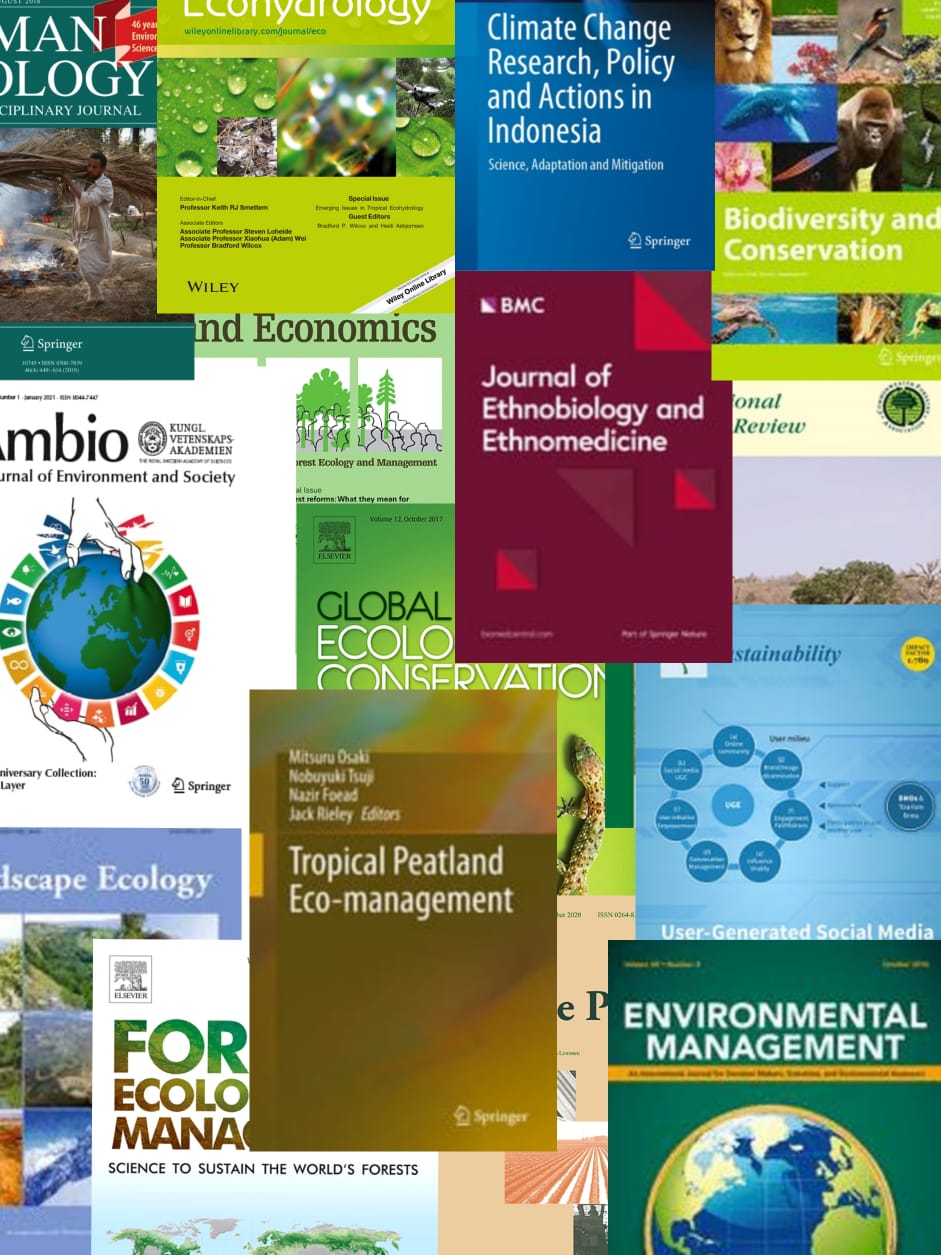Riparian wetland ecosystems provide important ecological services but are also vulnerable to climate change and human activities. To understand the influence of natural factors (e.g. climate change, flooding, drought) and human activities (e.g. agriculture) as well as to support management strategies, reconstructions of past vegetation and environmental changes are needed. To achieve this, we conducted a multi-proxy paleoecological analysis, including pollen and spores, macro-charcoal and radiocarbon dating, on a sediment core taken from a riparian area in the Harapan forest of Sumatra. Three distinct periods were identified: i) AD 1100 - 1400: Upland and swamp forest with riparian and herbaceous vegetation, possibly part of a riparian buffer zone (e.g. riverbank), was present in the study area under a stronger dry season regime; ii) AD 1400 - 1870: freshwater swamps expanded to the study site; iii) later, from AD 1870 to present, upland forests dominated in the study area with a strong dry season. The presence of cereal cultivation from AD 1300 - 1450, and oil palm (Elaeis guineensis) since the mid-19th century AD indicates the presence of small-scale agriculture in the study area. This study of riparian vegetation dynamics and environmental changes in the Harapan forest of Sumatra shows the development from a riparian forest to a freshwater swamp and upland forest under the impact of climate change and human activities.
View source

